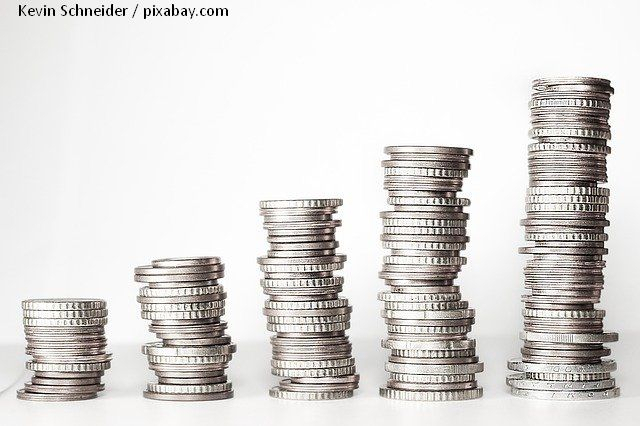Economic forecast of the European Commission
The European Commission has improved the estimates regarding Romania's economy, according to the winter forecast published on Monday.

Corina Cristea, 14.02.2023, 14:00
The winter forecast of the European Commission came with improved estimates regarding Romania’s economy. Economic growth is to reach 2.5% this year, compared to 1.8%, the percentage estimated in autumn, and the inflation rate is to decrease to 9.7% this year and to 5.5% in 2024, percentages that are lower than those estimated in the previous forecast. Private consumption, although affected by high inflation, will increase, the European Commission believes, and this will happen as a result of the increase in the minimum wage, pensions and salaries in the public sector and also as a result of the extension of energy price caps until 2025.
The Commission’s optimistic forecast is also based on the impact of the money from the National Recovery and Resilience Plan, while other European funds will support local investments. Last but not least, the European Commission recalls that Romania last year had a solid economic growth in the first three quarters, of 4.3%. The good evolution of the economy is accompanied, however, almost every time, by an increase in macroeconomic imbalances, financial analyst Dragoş Cabat explained on Radio Romania, and this is now happening also in the case of Romania.
Dragoş Cabat: While we have high economic growth, which we enjoy, this does not come with a reduction in deficits and the public debt, but, unfortunately, it comes with an increase in these deficits, which, at some point in the future, will need to be adjusted. And this usually happens in times of recession, that is the moment when we reduce deficits. And this means that recessions in Romania are felt much more strongly than they are felt in the rest of the European Union, for instance.
The data show that Romania’s current account deficit increased last year by more than 52%, now exceeding 26 billion Euros. The National Bank of Romania has shown that the increase comes mainly from the higher deficit recorded by the balance of goods, with imports being almost 9.2 billion Euros higher than exports. The analyst Dragoş Cabat believes that, if it continues on the trend of the last decades, Romania will record new negative records from one year to the next in terms of external deficit and public debt, because, he says, as the gross domestic product increases, there emerges a deficit multiplier effect. The data published by the Central Bank also reveal that, last year, Romania’s total external debt increased by more than 6.1 billion Euros, exceeding the value of 142.7 billion Euros, and that direct foreign investments amounted to almost 10.7 billion Euros. (LS)






























